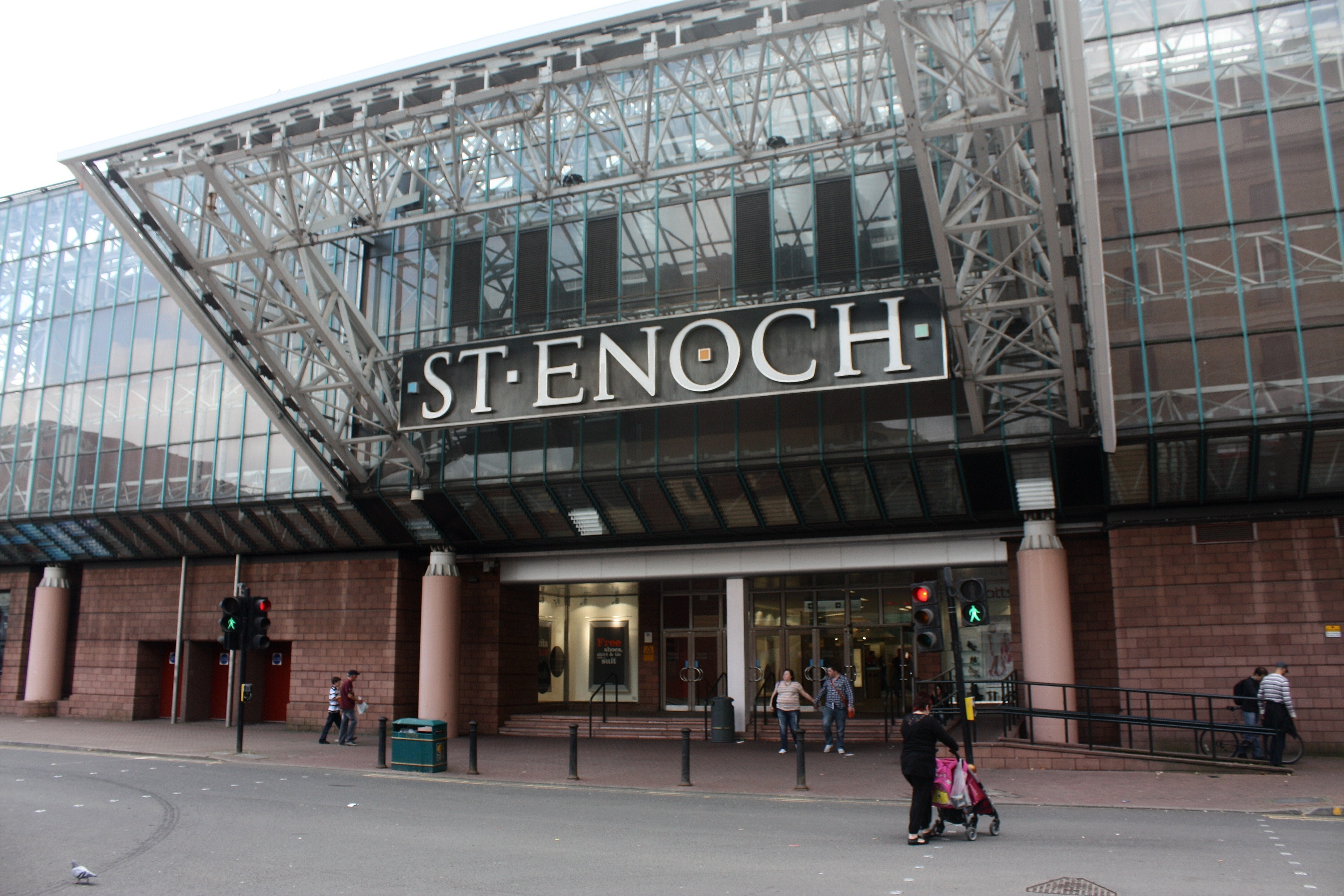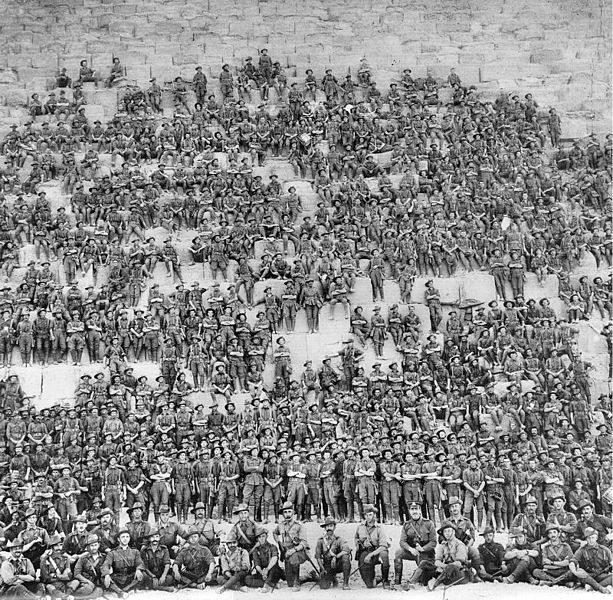The Holy Family with a Bird, Murillo, 1650
I was assigned to Glasgow, Scotland, for five months in 2002. One day I went strolling around St Enoch Centre, a shopping malls in the city centre, and had need to use the men's room. The janitor, who was an immigrant, happened to be there. When I told him that it was the cleanest restroom I had ever seen in a public building anywhere his face lit up.
St Enoch Centre, Glasgow
Late in 1981, when I was doing a year's study in Toronto, I went to a concert of Stéphane Grappelli (1908 - 1997). From the moment he walked out on the stage to a full house I knew I was in the presence of a man doing exactly what God had created him to do. Every fibre of his body was alive and every note he played expressed a deep joy.
St Thérèse of Lisieux wrote, Perfection consists simply in doing his will, and being just what he
wants to be. Today's feast of St Joseph the Worker looks more perhaps at the 'doing' than at the 'being'. When we do what God wills us to do we are becoming perfect or holy. I do not know what part the Christian faith played in the life of the janitor in Glasgow or in that of Stéphane Grappelli but I do know that what they did was doing God's will. The janitor took pride in his work and by doing so served a public that was pretty much anonymous to him and he even more anonymous to them. Probably very few thanked him. Stéphane Grappelli was used to public adulation and people paid to see him at work. But on the stage he came across as a simple man with a sense of having been given a special gift by God, a gift that he joyfully shared with his audiences. His music was his work but to me it was an expression of God's very life. That concert more than 30 years ago is still one of the most memorable moments in my life.
I am blessed to be doing work I love doing. Many are engaged in work that is simply a chore and many others are working in forms of slavery. Still others can't find work. In Spain right now 25 percent of the workforce have no jobs.
We can be certain that St Joseph experienced joy in his work even if sometimes, as Fr Ronan McGrath said to us in our first year in the seminary 50 years ago, customers surely complained on occasion. His work was an expression of his love for Mary his wife and for her Son Jesus, God-made-Man. St Joseph, the legal father of Jesus under Jewish law, surely took a quiet pride when he heard Jesus being referred to as 'the son of the carpenter'.
Fr McGrath also pointed out to us the importance of such persons as the milkman and the bread-man. When I was young we also had the egg-man. Today people buy their milk, bread and eggs at the supermarket but in those days those items were delivered to your door by someone you knew, just as letters are still delivered every working day. Today we can remember all of those persons and others whose daily work impinges on our lives in our prayers.
Stéphane Grappelli was 73 when I saw him play. He stood on the stage for the whole performance except when he played a couple of times on the piano. In the video below he was 84 when appearing in Tokyo and sat while performing. Sweet Georgia Brown was one of his standard pieces. I hope you enjoy it.














